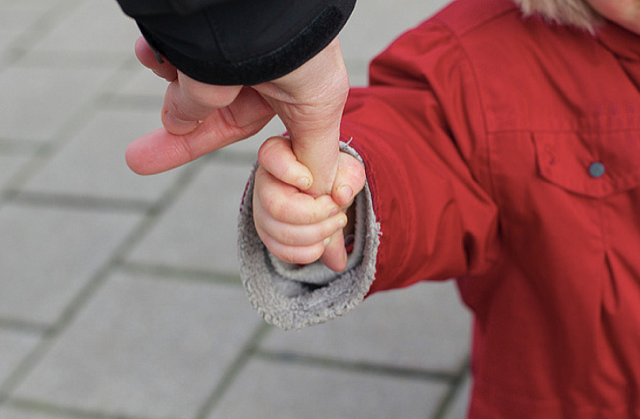After two decades of First 5, are California’s young children better off?

It’s not unusual for Hollywood and politics to mix, but young children’s health and development is usually not the issue that brings them together. That changed in 1998, however, when actor and director Rob Reiner sponsored, and California voters passed, Proposition 10 — the Children and Families Act. Renamed First 5, the measure created a tobacco-tax-funded system designed to make sure the state’s young children are healthy, well cared for at home and ready for school.
As an education reporter who has specialized in covering early childhood issues, I’m looking forward to the opportunity to revisit a model that is quite different from how other states have expanded services for young children. First 5 was not a governor’s initiative. It wasn’t a pilot program that had to prove its success before going statewide. And with both a state-level presence and local county commissions, what First 5 does in Los Angeles might not look like what it’s doing in Fresno or Santa Clara or rural Alpine County. I’m honored that this project has been chosen for a 2018 National Fellowship at the Center for Health Journalism.
With the front-runner for California governor promising to make early childhood a priority if elected, and including terms such as “prenatal and developmental screenings” and “universal preschool” as part of his education platform, what’s ahead for First 5?
I addressed a few of these questions in this February article, which discussed that while tobacco revenue flowing to First 5 programs has been steadily declining — as intended — leaders are now looking at the state’s new recreational marijuana industry to sustain or even expand services. But at the same time, they might find themselves in competition with school districts or other public agencies operating prevention or intervention programs.
Meanwhile, early learning experts have been calling on California to create an early childhood education system that makes more sense for families and providers. In a report earlier this year, the Learning Policy Institute suggested that because child care, state preschool, transitional kindergarten, Head Start and other early learning programs are all administered by different agencies, the system is “daunting” for both parents and providers, and can lead to more transitions for young children. Can First 5 serve as a local hub for these different programs?
And while most states have one quality rating and improvement system to guide families when they make choices about child care or early learning programs, California has multiple systems. What is First 5’s role in developing and getting parents and providers to make use of those systems, and is one statewide system more logical?
To many Californians, First 5 is only known by its public service messages that encourage parents to talk, read and sing to their young children. But it’s clearly much more. The challenge in telling the story is that First 5 is not one program — but instead supports services in a variety of areas affecting young children and their parents. This complexity makes it’s difficult to assess what kind of impact the spending has made over the years, observers say. On some indicators, it might not look like there’s been progress. The University of California Los Angeles’s Center for Health Policy Research, for example, shows there has been little change over the past decade, and even a slight decline, in the percentage of parents who report reading to their young children every day.
Another measure of state-level early childhood policy is the annual State of Preschool Yearbook from the National Institute for Early Education Research (NIEER). In 2002, the first year the report was published, less then 10 percent of California 4-year-olds and only 2 percent of 3-year-olds were enrolled in a publicly funded program. The most recent 2017 report shows that those rates have climbed to 37 percent of 4-year-olds — which includes those served in the state’s transitional kindergarten program — and 11 percent of 3-year-olds.
But the state misses some of NIEER’s quality indicators — especially in the area of staff qualifications. Lead preschool teachers are not required to have a bachelor’s degree and assistant teachers are not required to have a Child Development Associate credential or similar training. One news outlet called it an emphasis on “quantity over quality.”
Questions about publicly funded programs for young children are the same in California as in any other state. Should those dollars be used to improve the quality of care for infants and toddlers or target children closer to school age? Should funds be used to create more child care “slots” or spent on teacher training or scholarships so they can earn a degree? Or all of the above? The story of First 5 provides some answers, but probably even more questions.

